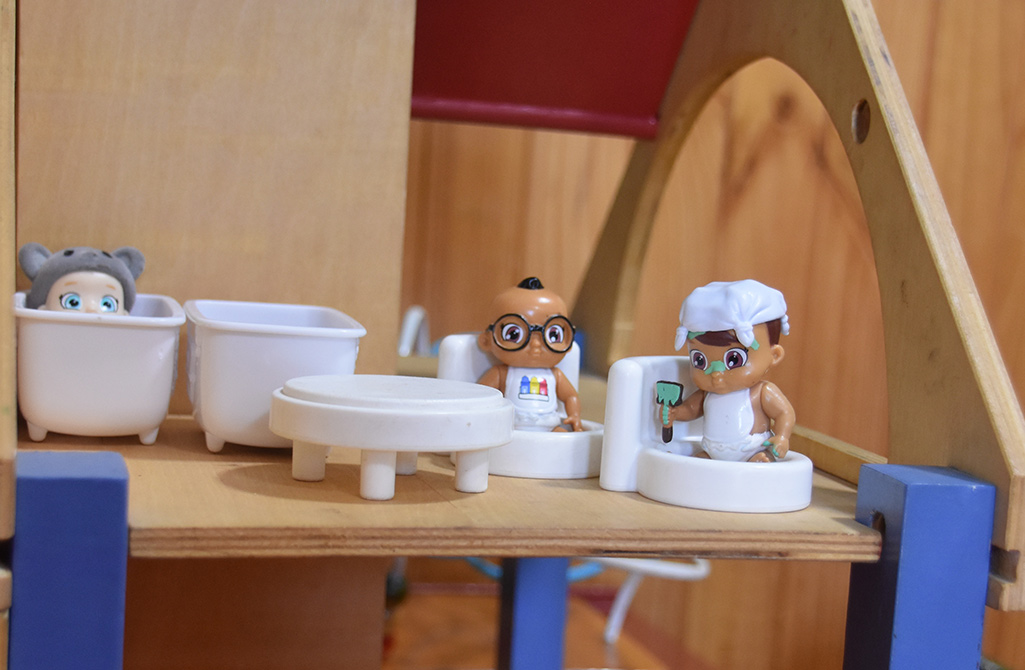Learning to communicate is a crucial part of a child’s development, and is a step-by-step learning process for all children. As with all milestones, children will differ in their development of speech skills, and most children will make some mistakes as they learn to say new sounds and words. Each sound has a varying degree of complexity; thus, there are a variety of ages for when a child is expected to produce sounds correctly.
As a general rule of thumb, parents or caregivers will usually be able to understand a quarter of their child’s speech at 18 months of age. This then increases to 50-75% at two years, and by the age of three, 75-100% of communication should be understood by close family members. By four years of age, children should be intelligible to both family, as well as people unfamiliar to them at all times (Lynch, Brookshire & Fox, 1980).
A Speech Sound Disorder occurs when a child does not meet their expected milestones and is characterised by difficulty with and/or a delayed development of speech. The causes of speech sound disorders are largely unknown; however, factors such as a family history of speech delay, developmental disorders (e.g. autism spectrum disorder), genetic syndromes (e.g. Down syndrome), hearing loss and neurological disorders (e.g. cerebral palsy) can impact speech production. There are a number of different speech sound disorders depending on the type of error/s your child is making.
Phonological disorders occur when your child has certain error patterns within their speech. For example, they may produce sounds that are typically said at the back of the mouth, such as /k/ and /g/ as front sounds like /t/ and /d/. On the other hand, an articulation disorder arises when a child is unable to produce a certain sound. A common error is producing /s/ between the teeth, which is known as lisping. Finally, Childhood Apraxia of Speech (CAS) is another branch of speech sound disorder that is classified as a motor speech disorder. Children with CAS have difficulty saying sounds, syllables and words due to problems coordinating the movements required for speech. Your speech pathologist will diagnose speech sound disorders and provide appropriate goals and targets for your child.
Speech pathology intervention is generally recommended when a child has not acquired the following sounds by the typical age range.
By three years of age:
- h (hat)
- p (pig)
- b (bus)
- y (yes)
- w (window)
- ng (sing)
- t (tap)
- d (door)
- m (man)
By three-and-a-half years of age:
- f (fall)
- k (king)
- g (girl)
By four years of age:
- l (light)
- sh (ship)
- zh (measure)
- ch (chair)
By four-and-a-half years of age:
- j (giraffe)
- s (sock)
- z (zip)
By five years of age:
- r (red)
By six years of age:
- v (vacuum)
By seven-and-a-half years of age:
- th (this, thing)
To encourage your child’s speech sound development, some strategies you can use at home include:
- having fun with sounds and actions and encouraging your child to copy what you say (e.g. blowing kisses and raspberries, making choo choo or animal noises etc.)
- reading to your child and playing rhyming games to encourage them to think about sounds
- using speech that is clear and simple for your child to imitate
- encouraging and praising all attempts to speak
- modelling correct speech, for example, when your child produces a word incorrectly, say that word properly for them a number of times so they can hear the correct production
If you are concerned about your child’s speech sound development, it is recommended that you firstly have your child’s hearing assessed to rule out any difficulties. If your child continues to have difficulties with sound production, or are experiencing frustration, contact our office and one of our experienced clinicians will guide you and your family to determine an appropriate course of action.
Melissa Bell
Courtney Reynolds Speech Pathology


